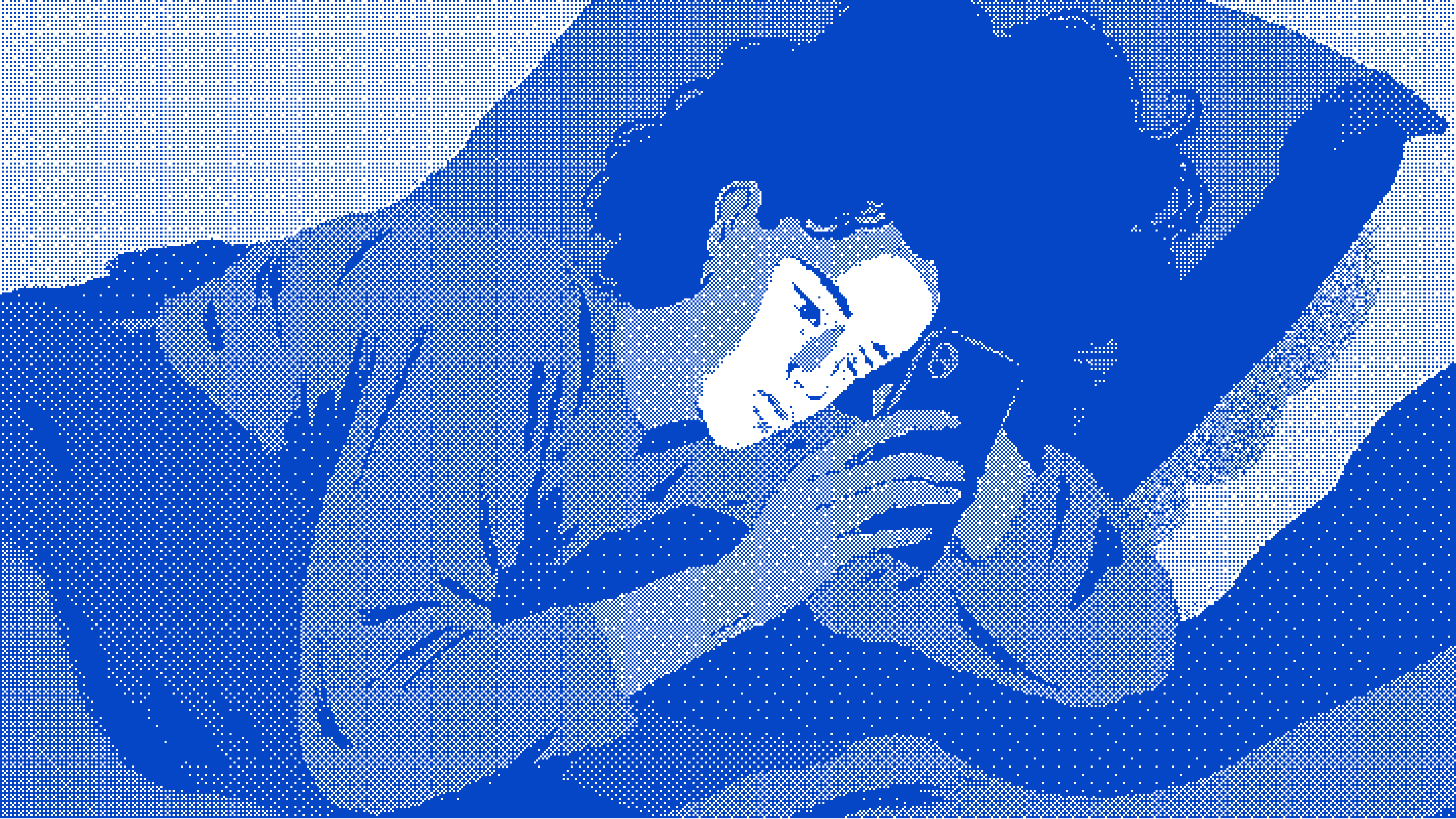Recently, I rewatched Children of Men, one of my all-time favourite films.
In this world where humanity has become sterile, technology hasn’t saved the future — it has merely prolonged the collapse. The opening scene is brutal: the world mourns the death of the youngest human being, stabbed in the street after refusing an autograph. Society is tense — hyper-secured on one side, tribally violent on the other. A world saturated and disillusioned.
That same day, in a waiting room, I noticed something seemingly trivial: several people were reading books. Not phones. Not notifications. Just pages. And silence.
A few days earlier, at a party, guests were asked to leave their phones in a box at the entrance. No one complained. In fact, it almost felt like a relief.
These gestures may be weak signals, but they are accumulating.
Unsubscribing from social networks is no longer a marginal or reactionary act. It is becoming a deliberate choice among educated, urban populations — often those who work in tech themselves.
The Creators and Consumers of Tomorrow May Already Be Gone
What once looked like a neo-hippie stance is now becoming a reflex of mental hygiene.
According to a 2024 study by the Audirep Institute for Caisse d’Épargne and the association e-Enfance / 3018, 23% of children aged 6 to 18 have experienced cyberbullying — up from 18% in 2023, peaking at 29% among high school students.
The phenomenon is no longer marginal. It is structural. And governments are starting to treat it as such: screen overexposure now features in France’s 2025 Mental Health Plan, with specific measures in child psychiatry.
In parallel, an entire market is emerging to help us disconnect:
apps like Forest, Freedom, or Screen Zen; “focus” modes on smartphones; screen-free parties; digital detoxes. These are not regressions — they are regulations.
And it’s not just a youth issue.
Most of my friends working in AI or at Big Tech companies aren’t on social media. They are the strictest about digital moderation, the most uncompromising in their pursuit of silence. They’ve understood that attention is a finite resource — and wellbeing is an asset.
The Attention Crisis: Who Are We Producing For?
While we are promised an explosion of AI-generated content — posts, videos, newsletters, podcasts — one question lingers: who will actually watch them?
We live in a strange era where customer acquisition costs are skyrocketing on platforms (Meta, Google, TikTok), while organic reach is practically dead.
We pay more and more to be seen… by people who increasingly want to see less.
Worse still: generative AIs are beginning to feed on themselves.
They generate content based on other generated content — AIs writing, summarising, and commenting in loops, with no one left to read.
And the climax of this absurdity? Much of the information they spread is false.
“The rate of false information repeated by AI chatbots has almost doubled in a year,” notes a recent NewsGuard study. In its August 2025 audit of major generative AIs, 35% of responses contained false information — up from 18% a year earlier.
While AIs Talk Among Themselves, What Are Humans Doing?
Perhaps that’s the irony of our time:
machines are creating endlessly, algorithms are rating each other — and meanwhile, humans are slipping away.
They disconnect. They read. They walk. They sleep. They switch off.
And what if the future of marketing no longer depended on what we publish —
but on what we spare the public?
The marketer of the future will need to ask new questions:
- Where is the human when everything is automated?
- How can we connect without disturbing someone’s inner peace?
- Should we still try to capture attention — or learn to deserve it?
- Can we create content that heals rather than content that hooks?
- What if slowing down became a brand strategy?
To create less, but better.
To speak to humans, not feeds.
The Ecological Cost of Infinite Creation
The environmental cost of exponential content creation is alarming.
Never forget that generating a single high-definition image with AI consumes as much energy as fully charging a smartphone, according to the International Energy Agency’s 2026 Analysis and Forecast report.
Now imagine billions of such images produced daily — just to fill a brand’s feed, to please an algorithm.
What kind of communication do we want to see shape the brands — and the humans — of tomorrow?



